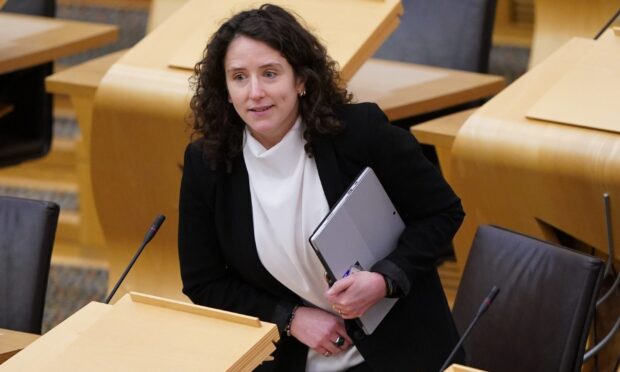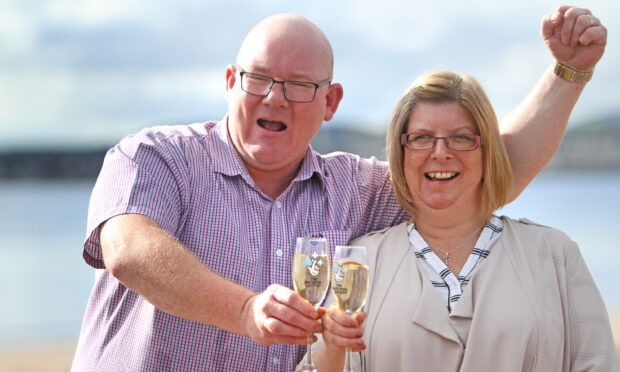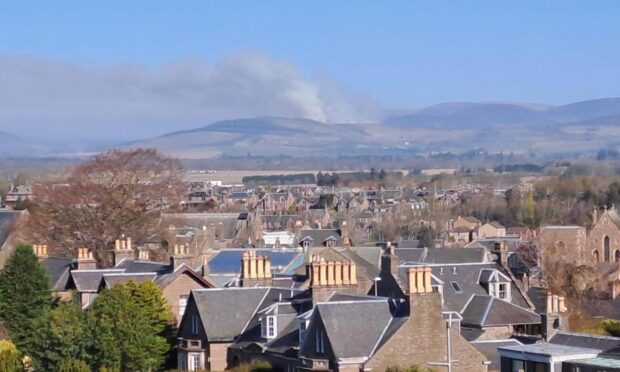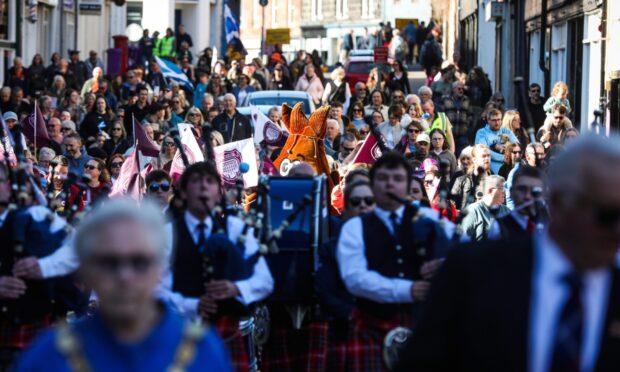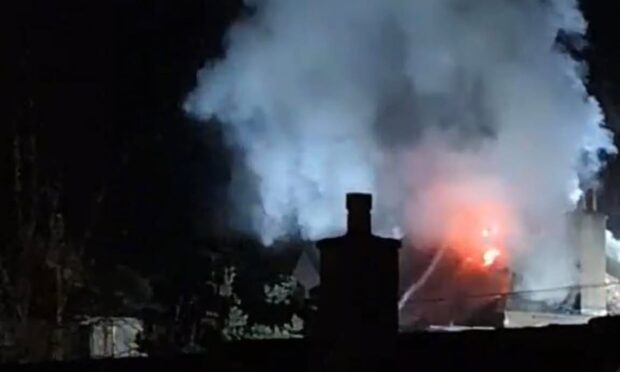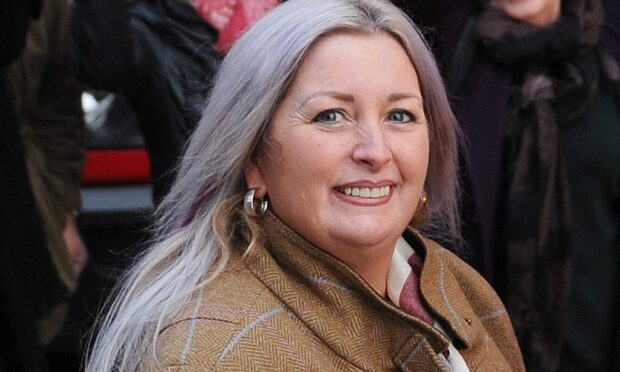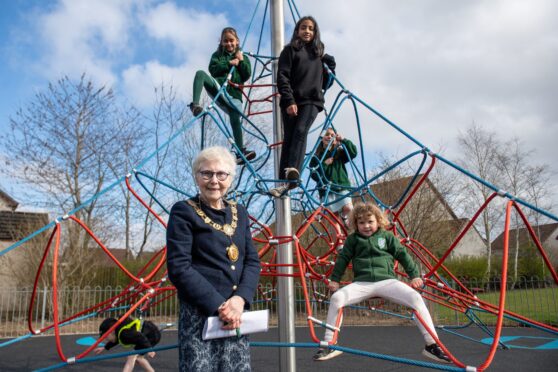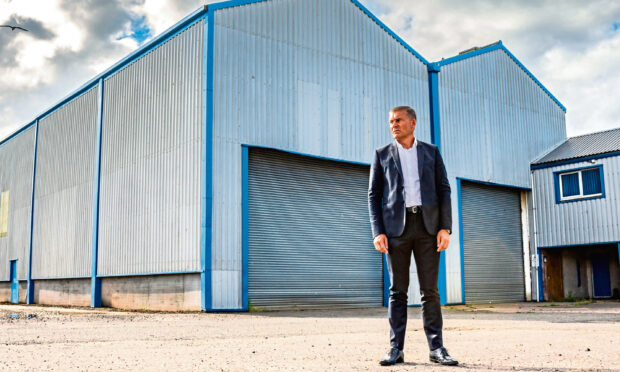A rare aircraft from the 1930s – one of only two in existence – arrived at Montrose Air Station yesterday.
The Miles M.2H Hawk Major was a 1930s British two-seat light monoplane designed by Miles Aircraft Limited.
The aircraft was declared surplus to requirements by the RAF Museum in London and Montrose Air Station Heritage Centre put in a bid.
Curator Dan Paton said: “It is a real achievement for a small museum like ours, run entirely by volunteers, to be able to convince one of the largest museums in Britain that we had the capability to look after this rare aircraft and the flair to display it to the visiting public.
“It will go on show in our largest building as the focal point of an exhibition on training pilots, up to and during the Second World War.”
The Hawk was a very advanced concept at a time when all the aircraft in the RAF were fabric-covered biplanes, like the aircraft of the First World War.
The RAF soon realised that new aircraft like the Spitfire and Hurricane, which would be coming into service, needed more modern aircraft to train pilots to fly them.
With a few modifications the Hawk became the Miles Magister, the RAF’s first monoplane elementary trainer, and was followed by the Miles Master, the RAF’s first monoplane advanced trainer.
Both types saw extensive service at Montrose and the Miles Company even had its own maintenance and repair facilities at the air station.
The close links between Montrose Air Station and Miles aircraft make the Hawk a very important acquisition in telling the story of RAF Montrose during the Second World War.
Getting the aircraft to Montrose presented a big problem.
To hire a company to transport it from Stafford would cost a lot of money.
While the Heritage Centre is financially self-sufficient, there are many calls on its finances at the present time.
Fortunately, one of its members, Simon Law, is a transport manager with John Lewis in Edinburgh.
His involvement with the charity is something which John Lewis actively encourages.
The company also supports charities directly and this made it possible for Simon to arrange for John Lewis to sponsor the move of the Hawk.
He drove the vehicle up from Stafford in the back of the lorry before it was unloaded and positioned in the Butler building, where it will be made ready for public display in time for the opening of the tourist season in April.

